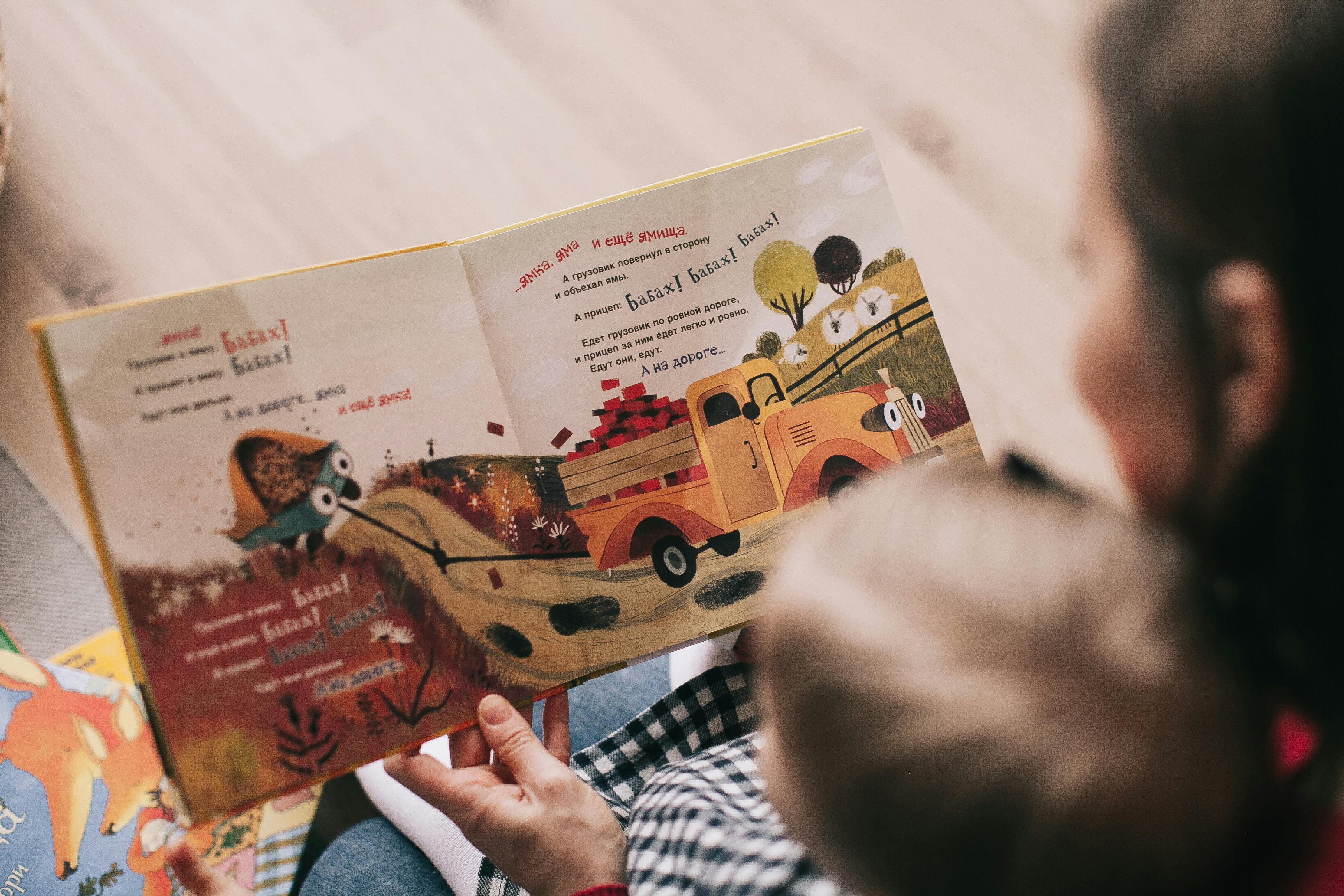Table of Contents
Childproofing the Home
One of the most important safety tips for babysitters is to ensure that the home is childproofed before the parents leave. This includes checking that all electrical outlets are covered, sharp objects are out of reach, and toxic substances are safely stored away. Be sure to also secure cabinets and drawers that may contain hazardous items, such as cleaning supplies or medications. In addition, make sure that any large furniture is anchored to the wall to prevent tipping over.
Basic First Aid Skills
Every babysitter should have basic first aid skills in case of an emergency. Make sure you know how to handle common injuries such as cuts, bruises, and burns. It is also important to know how to perform CPR and use an AED in case of a medical emergency. Consider taking a first aid and CPR certification course to ensure that you are prepared to handle any situation that may arise while babysitting.
Emergency Preparedness

In addition to knowing basic first aid skills, babysitters should also be prepared for emergencies by having a plan in place. Make sure you know the address and phone number of the home where you are babysitting, as well as any emergency contact numbers for the parents. Familiarize yourself with the location of the nearest hospital or urgent care facility in case of a medical emergency. It is also a good idea to have a fully stocked first aid kit on hand at all times.
Supervision and Monitoring
Proper supervision and monitoring are key to ensuring the safety of the children in your care. Always keep a close eye on the children, particularly when they are engaged in activities that could be potentially dangerous, such as swimming or playing outside. Be aware of any potential hazards in the home, such as sharp objects or tripping hazards, and take steps to mitigate these risks. It is also important to set clear boundaries with the children and enforce rules to ensure their safety.
Setting Boundaries and Communication
Finally, it is important for babysitters to set boundaries with the children they are caring for and communicate effectively with them. Make sure the children understand the rules and expectations for behavior while the parents are away. Encourage open communication and let the children know that they can come to you with any concerns or questions. It is also important to establish clear guidelines for using electronic devices and the internet to ensure the children’s safety while they are in your care.
In conclusion, babysitting can be a fun and rewarding experience, but it is important to prioritize the safety and well-being of the children in your care at all times. By following these top 10 safety tips, every babysitter can provide the best possible care for the children entrusted to them and ensure a safe and enjoyable experience for everyone involved.










